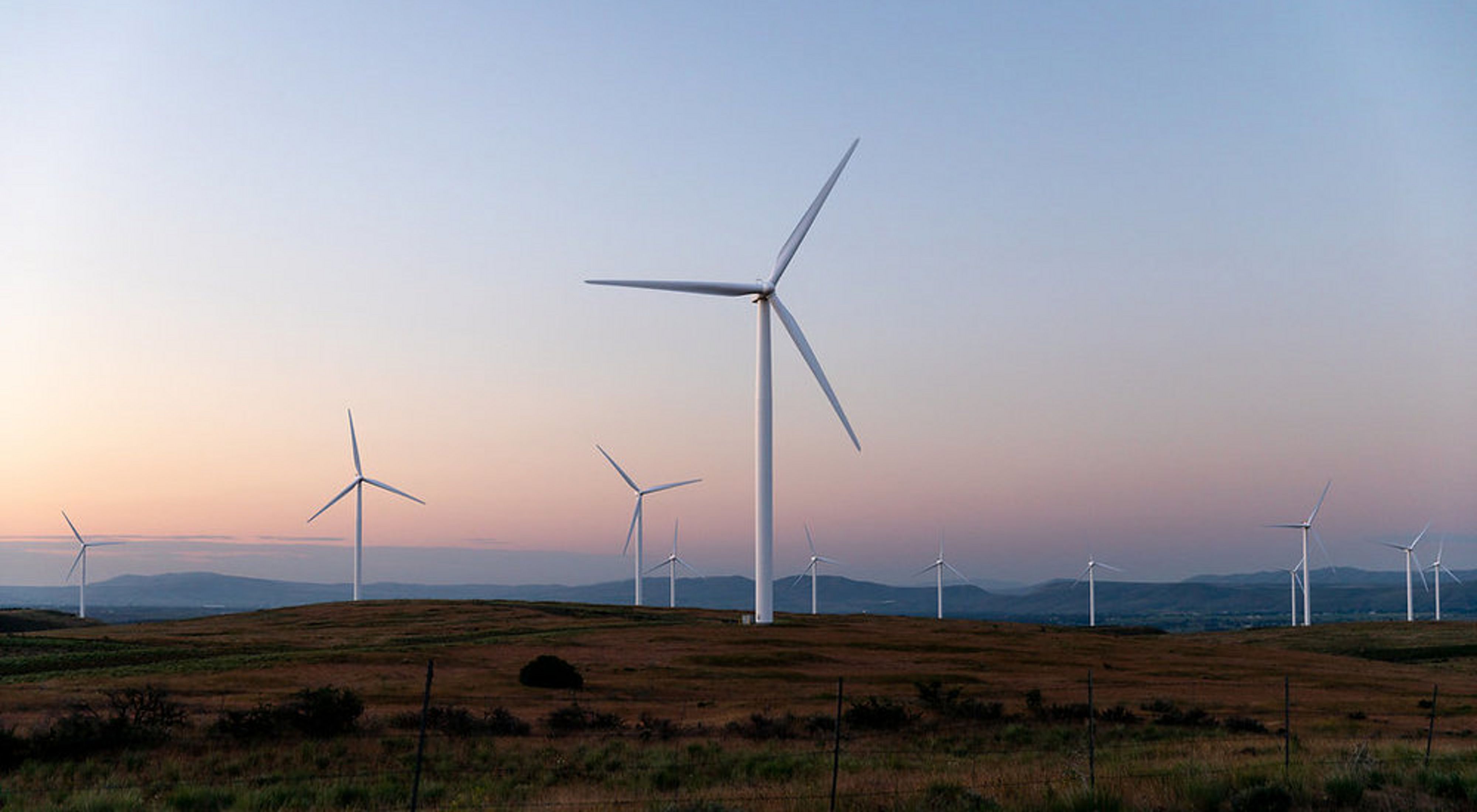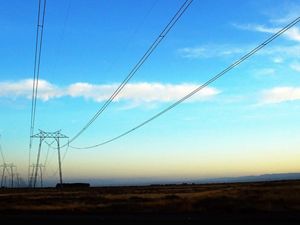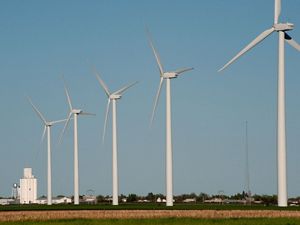Power of Place-West Report Discovers Efficient Path to Net-Zero in the West
New Report Reveals How the Western United States Can Maintain Natural Areas and Working Lands While Achieving a Clean Energy Future
Media Contacts
-
Jon Schwedler
The Nature Conservancy
Phone: 916-769-4728
Email: jschwedler@tnc.org
Today The Nature Conservancy released Power of Place-West (www.nature.org/PowerOfPlace), a comprehensive energy, economic, and geospatial study that analyzed scenarios to meet clean energy goals by 2050 in eleven Western states. Results from the analysis show the right planning and technology mix can result in the West affordably meeting its future energy needs, achieving economy-wide net-zero greenhouse gas emissions, and avoiding the West’s most sensitive natural areas and working lands all at the same time.
“We found the West has twenty times the suitable land we need for solar, thirteen times the suitable area we need for off-shore wind, and three times the suitable land we need for on-shore wind— if we pursue the most efficient mix of clean energy technologies and transmission pathways,” said Nicole Hill, project lead and Climate Program Director for The Nature Conservancy in Arizona.
Planning and pursuing the most efficient siting of wind and solar infrastructure is important because more than 50% of all new clean energy projects in the West today are currently being developed on top of its most productive natural areas and working lands. This puts species such as desert tortoises, pronghorn, eagles, and bats, and some of our best grazing and crop lands at-risk. Poorly-planned development can also lead to delays and increase the costs of renewable energy deployment— a recent study determined solar facilities located away from important wildlife habitat cost 14% less than those sited on high value habitat.
Quote: Nicole Hill
We found the West has twenty times the suitable land we need for solar, thirteen times the suitable area we need for off-shore wind, and three times the suitable land we need for on-shore wind— if we pursue the most efficient mix
Researchers analyzed more than a dozen potential scenarios that mixed varying clean energy technologies across the energy production, transportation, manufacturing, and building sectors. The results were then filtered using various environmental and land protection measures.
One scenario, called the “High Electrification Scenario,” emerged as most optimal for affordably meeting net-zero by 2050, while still preserving nearly 50% more sensitive natural areas and working lands than by pursuing today’s standard energy development practices.
The High Electrification Scenario encompassed a diversity of clean energy technologies, including solar, onshore and offshore wind, geothermal, biomass, hydrogen, existing nuclear and hydroelectric, battery storage, and some gas with carbon capture and direct air capture technologies at industrial sites.
The High Electrification Scenario limits energy development to 21 million acres. Comparatively, pursuing current energy development practices will lead to 39 million acres of occupied new energy infrastructure, resulting in the loss of more than 10 million acres of important habitat for birds, fish, and other wildlife.
The High Electrification Scenario was cost-conscious as well; it is only 3% more expensive annually than pursuing current development trends and practices.
“The High Electrification Scenario is the ‘Goldilocks’ option,” said Hill. “It gets the West to net-zero emissions by 2050, protects the most land, and is less costly than pursuing solely renewable energy.”
“To meet our climate goals in time to make a difference for our kids and grandkids, we need to more than triple the pace of the clean energy infrastructure buildout. Using Power of Place-West to help inform how Western states meet their net-zero goals can help us build clean energy faster and cheaper, by avoiding the costly conflicts that slow us down,” added Nels Johnson, Senior Advisor of Renewable Energy Deployment for The Nature Conservancy.
Energy data for the Power of Place-West was sourced from the U.S. Energy Information Agency. Energy modeling was provided by best-in-class energy modelers that included Evolved Energy Research, UC Santa Barbara, Montara Mountain Energy, and JASenergies. Data on wildlife and natural systems were provided by The Nature Conservancy. Taken together, the report is the most comprehensive energy analysis of the West to date incorporating detailed ecosystem and wildlife habitat information.
In addition to the Power of Place-West report, The Nature Conservancy carried out interviews with Tribal and Indigenous communities throughout the West. Tribal lands account for 7% of the lands within the 11 Western grid states and Indigenous Peoples have extensive knowledge and experience effectively managing and stewarding lands across the West. The Nature Conservancy believes any decisions or questions about the development of renewable energy on Tribal and Indigenous lands should be addressed by the Tribes who own and manage those lands. Recommendations shared with us through these interviews are captured in the Voices of the West companion paper.
The Power of Place-West report executive summary, environmental data layers, research paper, and Voices from the West are all available at www.nature.org/PowerOfPlace.
The Nature Conservancy is a global conservation organization dedicated to conserving the lands and waters on which all life depends. Guided by science, we create innovative, on-the-ground solutions to our world’s toughest challenges so that nature and people can thrive together. We are tackling climate change, conserving lands, waters and oceans at an unprecedented scale, providing food and water sustainably and helping make cities more sustainable. The Nature Conservancy is working to make a lasting difference around the world in 77 countries and territories (41 by direct conservation impact and 36 through partners) through a collaborative approach that engages local communities, governments, the private sector, and other partners. To learn more, visit nature.org or follow @nature_press on X.



